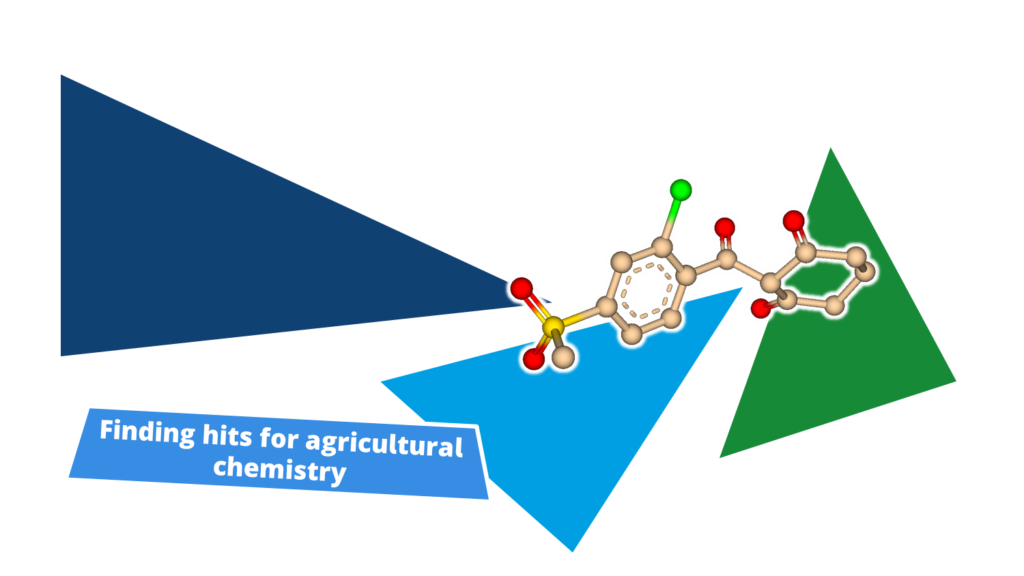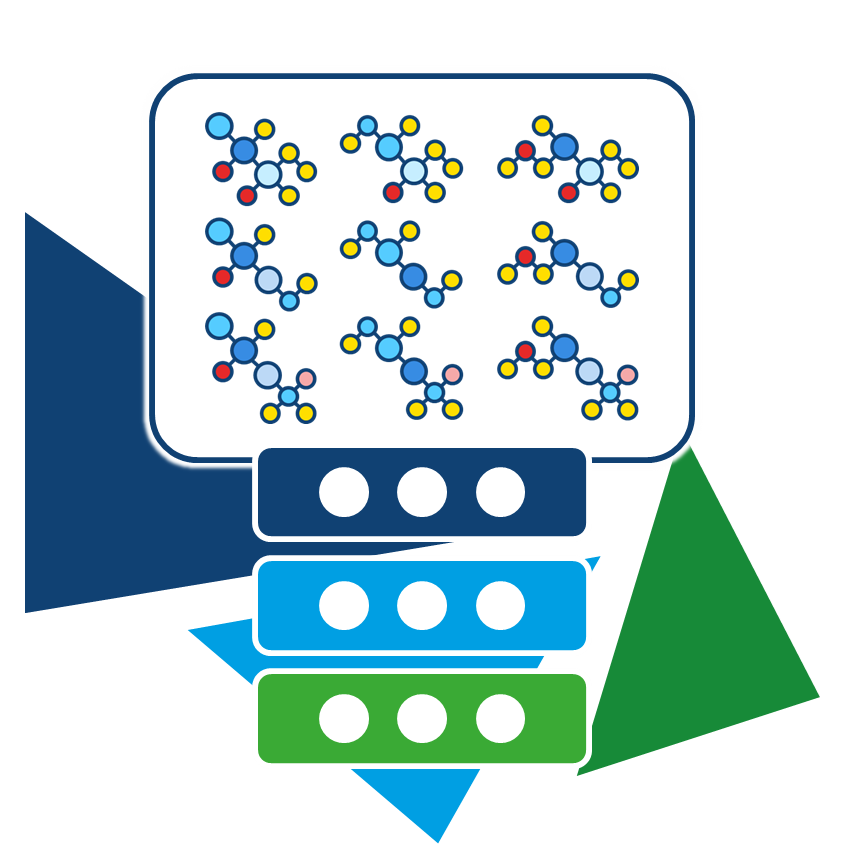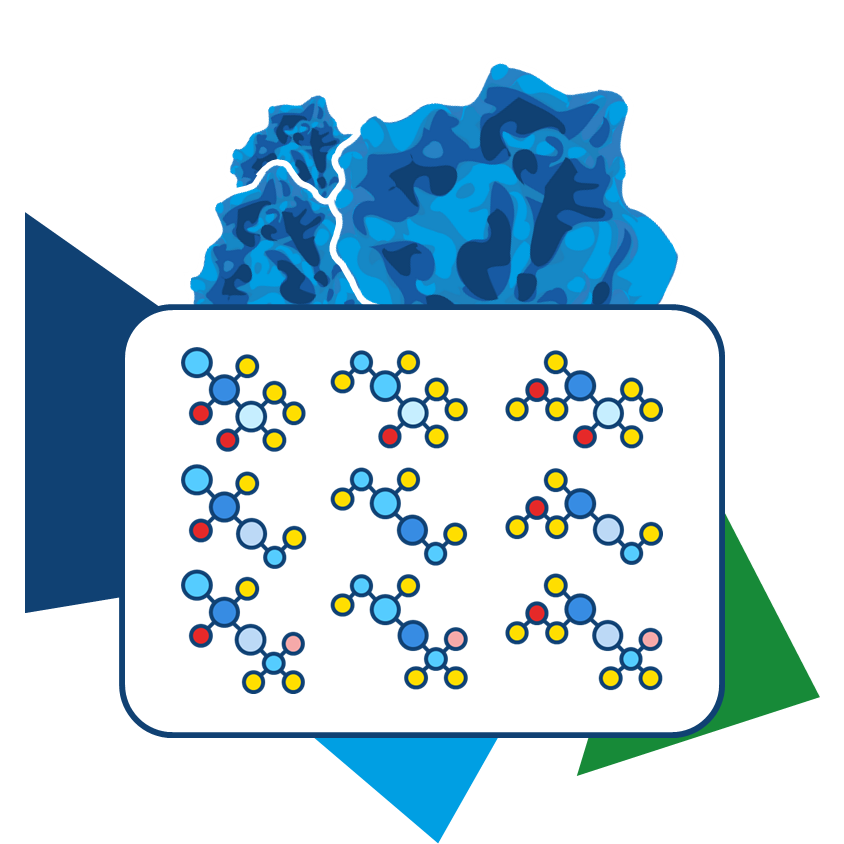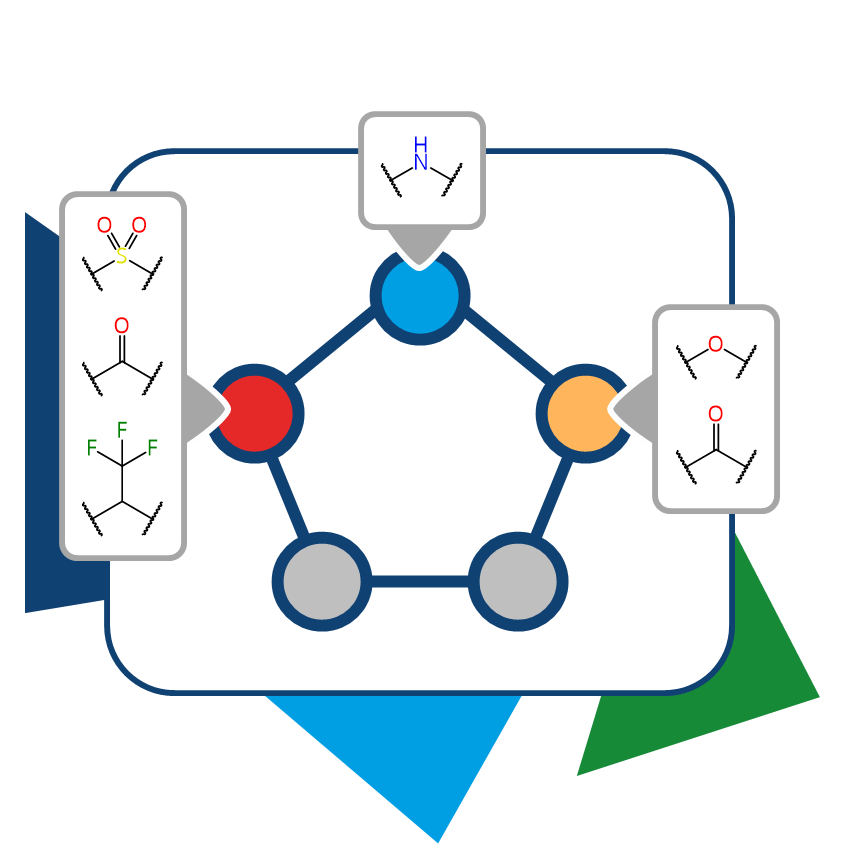Compounds in Agricultural Chemistry
Compounds used in agricultural chemistry differ from pharmaceuticals. While oral bioavailability is a primary focus for drugs, with other administration routes considered only as alternatives, agricultural compounds have different priorities. These compounds are designed for widespread application, such as in pesticides or nutrient delivery, and ideally should not exhibit biological activity if ingested by humans or animals. Instead, their purpose is to bind to targets in plants, fungi, or pests, thereby modulating their reproduction or life cycles.



